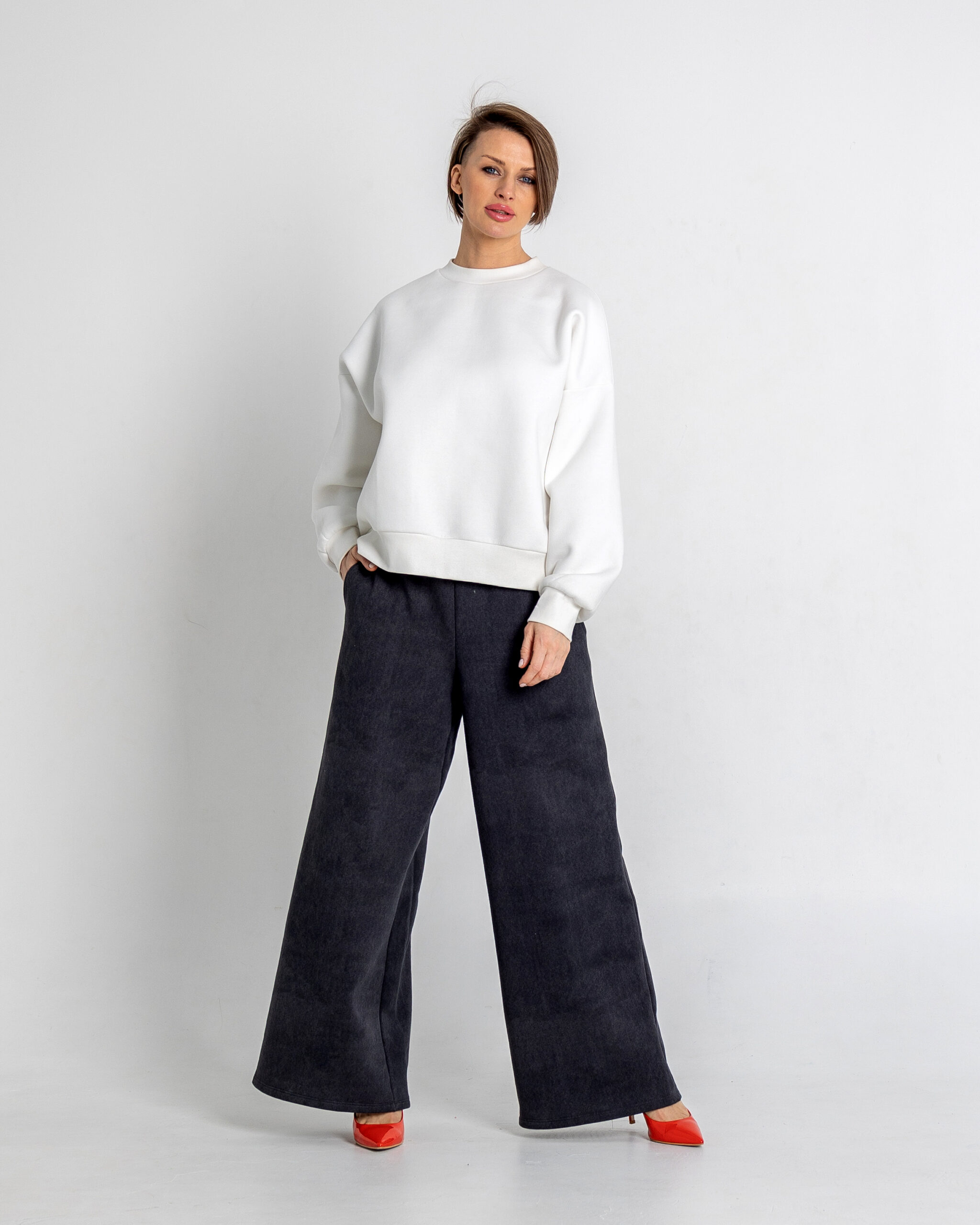How to Dress for an Interview: A Complete Breakdown
First impressions matter—a lot. And when it comes to job interviews, your outfit plays a huge role in shaping that initial perception. I happen to be very close to my boss and she gives me the inside scoop on exactly what she looks for when vetting a new employee. It’s not just about looking good; it’s about looking appropriate, confident, and prepared. Whether you’re applying for a corporate job, a startup gig, or a creative role, knowing how to dress for an interview can give you a competitive edge.
Your attire should match the company culture, industry, and job role. So, how do you strike the perfect balance between professionalism and personality? Let’s break it down.
1. Understanding the Dress Code: What’s the Industry Standard?
Different industries have different expectations when it comes to interview attire. Here’s a quick guide:
Corporate & Business Professional
If you’re interviewing for a position in finance, law, consulting, or any corporate setting, business professional attire is the way to go.
- Men: A well-fitted suit (navy, gray, or black), dress shirt, tie, leather shoes, and minimal accessories.
- Women: A tailored suit (pants or skirt), blouse, closed-toe heels or flats, and subtle jewelry.
Business Casual
Tech companies, startups, and marketing agencies often lean towards business casual. It’s professional but with a relaxed touch.
- Men: Dress pants or chinos, a button-down shirt or polo, and loafers or dress shoes.
- Women: A blouse with dress pants, a knee-length skirt, or a casual blazer paired with comfortable shoes.
Casual & Creative Fields
If you’re interviewing for a job in design, media, or other creative fields, the dress code may be more flexible. I always say to dress one level above casual to make a good impression.
- Men & Women: Well-fitted jeans or slacks, a smart-casual top, and stylish yet professional shoes. Just avoid anything too loud, ripped, or overly trendy.
2. The Do’s and Don’ts of Interview Attire
Even if you nail the industry dress code, there are still some rules to keep in mind.
Do’s:
- Dress slightly more formal than the company’s daily dress code. It’s better to be overdressed than underdressed.
- Wear clean, well-ironed clothes. Wrinkled shirts or scuffed shoes can ruin your entire look.
- Stick to neutral or muted colors for a polished, professional look.
- Ensure your outfit fits well. Too tight or too baggy? Neither will work in your favor.
Don’ts:
- Avoid flashy patterns or neon colors. You want them to remember you, not your outfit.
- Steer clear of strong perfumes or colognes. You never know if the interviewer has allergies.
- Say no to sneakers, flip-flops, or excessive accessories. Keep it sleek and professional.
3. Grooming & Personal Hygiene: The Final Touches

Looking the part goes beyond just clothing. Grooming and hygiene are equally important.
- Hair: Keep it neat. If you have long hair, consider styling it away from your face.
- Facial Hair: Trim or groom your beard for a tidy appearance.
- Nails: Keep them clean and trimmed. No chipped nail polish!
- Makeup: Keep it natural and professional.
- Breath: Pop a mint before your interview—bad breath is a confidence killer.
- Perfume: Keep it at a minimum. Do not drown yourself in perfume. Instead, make sure you at least take a bath or wear a very subtle perfume.
How to Dress for an Interview: Special Cases

1. Virtual Interviews: What Should You Wear?
Just because it’s over Zoom doesn’t mean you can slack off. Dress the same way you would for an in-person interview.
- Stick to solid colors to avoid distracting patterns on camera.
- Wear fully professional attire (yes, even pants!). You never know when you’ll need to stand up.
- Good lighting and a tidy background also contribute to a polished appearance.
2. What to Wear for a Startup Interview
Startups usually have relaxed dress codes, but that doesn’t mean showing up in sweatpants.
- A smart-casual outfit—like a button-down shirt with chinos—strikes the perfect balance.
- Avoid overly formal suits unless it’s a leadership role.
3. What to Wear When you Don’t Know the Dress Code
When in doubt, go for business casual or slightly more formal. If possible, check the company’s website or social media to get a sense of their culture.
Frequently Asked Questions About How to Dress for an Interview(FAQs)
1. Can I wear jeans to an interview?
It depends on the industry. For casual and creative fields, dark, well-fitted jeans can work. But for corporate roles, stick to dress pants.
2. Is it okay to wear all black to an interview?
Absolutely! Black is classic, professional, and stylish. Just break it up with a colored or white shirt to avoid looking too somber.
3. Can I wear sneakers to an interview?
Unless the company culture is super casual, sneakers aren’t a great choice. Opt for loafers, dress shoes, or polished flats instead.
4. How much jewelry is too much?
Less is more. Stick to one or two simple accessories—like stud earrings or a watch. Anything too flashy can be distracting.
5. What should I wear if the company says, “dress comfortably”?
“Comfortable” doesn’t mean sloppy. Go for business casual—chinos or dress pants with a well-fitted top.
Final Thoughts
Knowing how to dress for an interview is about more than just putting on a nice outfit. It’s about understanding the company culture, dressing appropriately for the role, and feeling confident in what you wear. Whether you’re going for a corporate job or a creative position, the key is to look polished, professional, and put-together.
Remember, when in doubt, always dress slightly more formal than necessary. It’s better to be the best-dressed candidate than the one who looks out of place. So, pick your outfit wisely, walk in with confidence, and let your skills do the rest!


